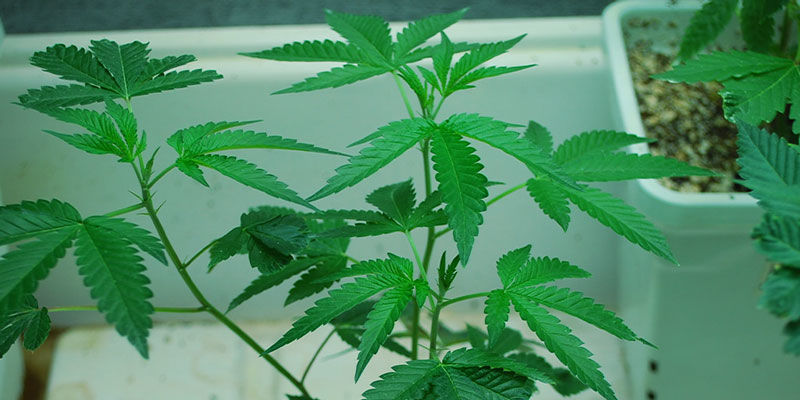How To Grow Cannabis Indoors
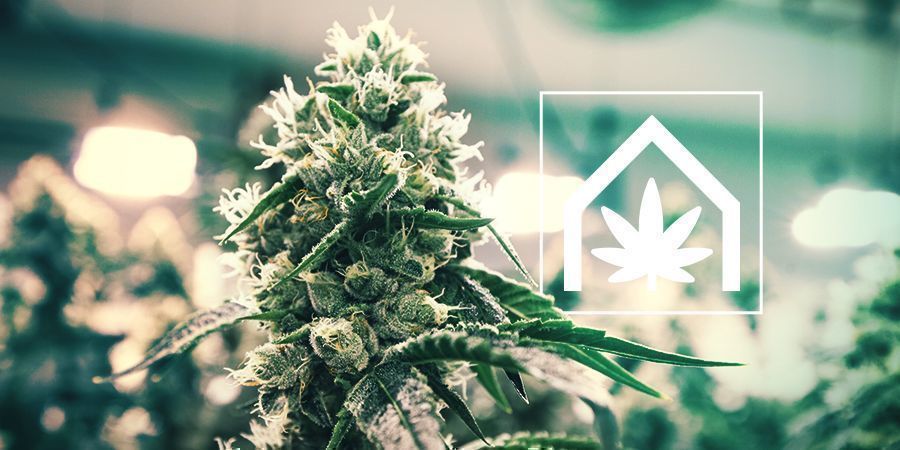
Indoor cultivation gives you the power to grow year round, but it also comes with many responsibilities. Here's how to set up a successful indoor garden.
Indoor cannabis cultivation has made it possible to grow marijuana any time of year, no matter the weather. The move indoors has not only made cannabis cultivation more accessible and doable, but most importantly, for the ordinary decent stoner, it removes the criminal element from the purchasing process. If you grow your own dope, you don’t need a dealer anymore. Cannabis self-sufficiency is the primary objective, and can be accomplished if you put your mind to it.
Of course, indoor cultivation using artificial lights makes the grower responsible for creating and maintaining the growing environment. The grower, rather than Mother Nature, must care for the cannabis and control conditions. If you want to toke on your own home-grown weed, you need to be prepared to look after female cannabis plants for around 3 months.
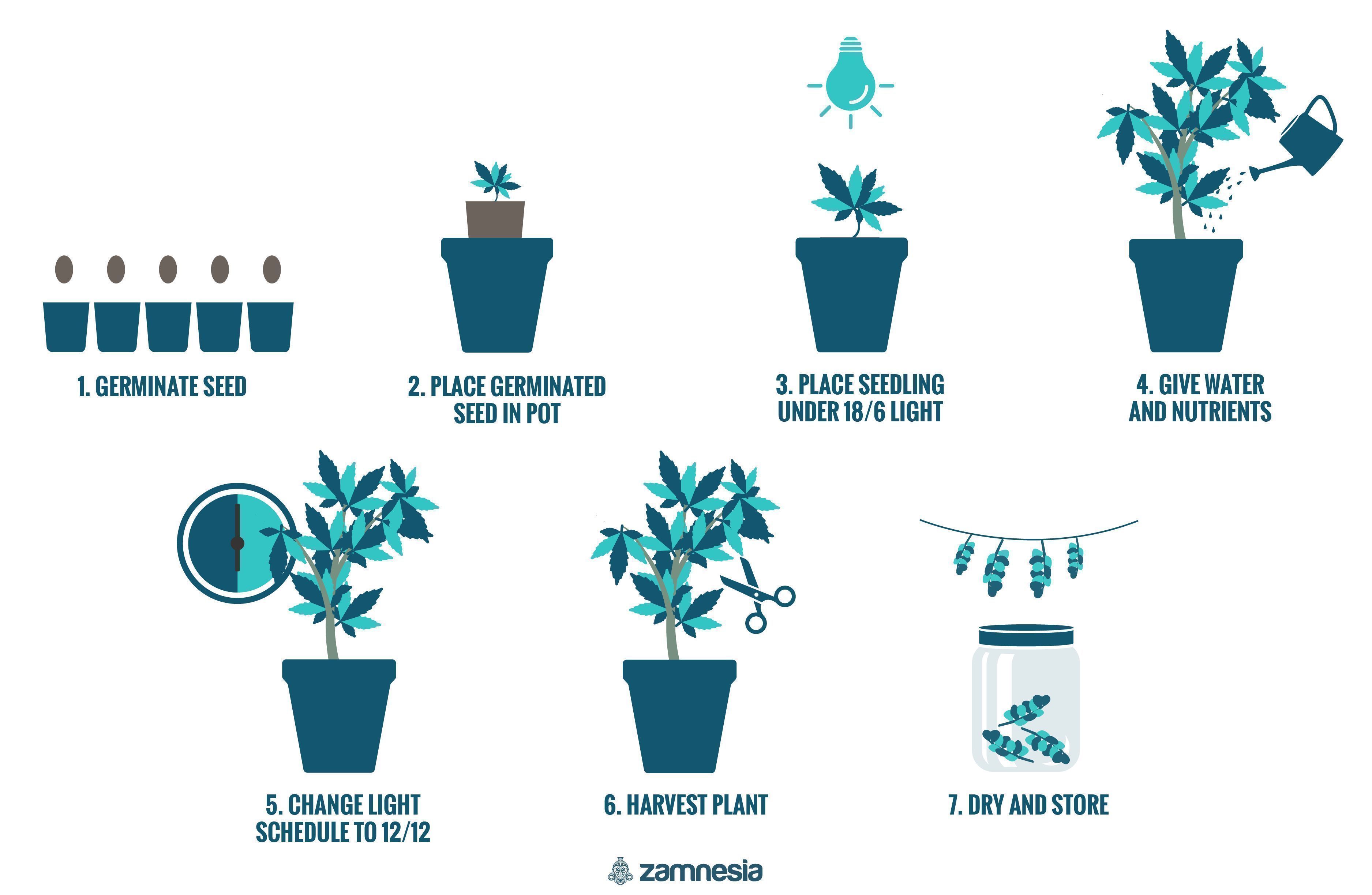
Growing weed is a hands-on business and requires specialist equipment. Lighting kits, fans and carbon filters, pots, nutrients, growing media, and a grow tent all cost money. Every grow-op has a start-up cost as well as fixed costs like electricity. However, after a harvest or two, most grow shows have more than paid for themselves in bud.
CHOOSING THE RIGHT STRAIN
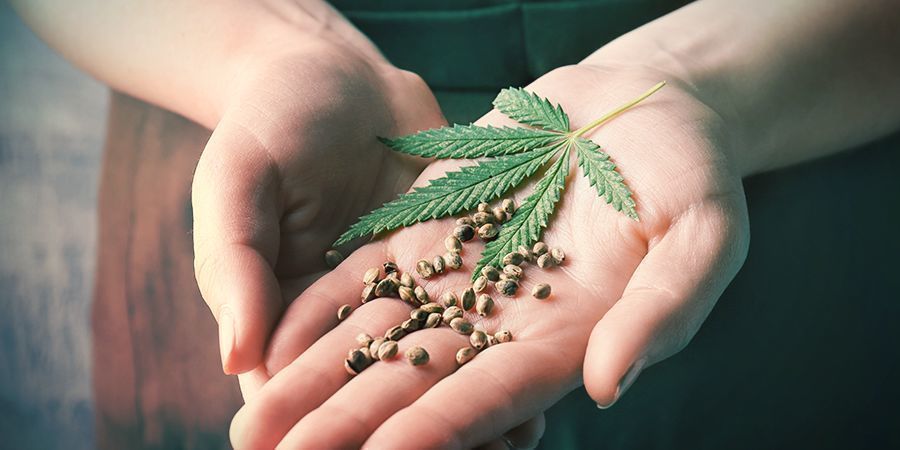
These days, the vast majority of indoor cannabis strains have been adapted specifically for cultivation using artificial lights. Outdoor cannabis strains can be grown indoors too. However, outdoor varieties are less well-adapted and generally perform better outside in strong sunlight.
Micro-growers and cabinet cultivators with limited vertical grow space are advised to stick to feminized, indica-dominant, photoperiodic hybrids and/or autoflowering strains. Short, bushy plants that finish fast are also a solid choice for the beginner grower.
Tent growers or those converting a whole room into a cannabis garden have more options when it comes to strain selection. Squat indicas or autos can be cropped in high volume using the SOG or sea of green method.
Alternatively, if around 2m of vertical space is available, taller, sativa-leaning varieties are also a viable option. The later-blooming sativa strains can stretch significantly during the flowering period, often requiring pruning and training to control their size.
The strain that is best suited to your specific grow room conditions is the best strain to choose. More experienced growers practiced in pruning and training techniques like LST, fimming, topping, and the ScrOG method can potentially crop a fantastic 13-week flowering Haze in a wardrobe. However, unless you have worked with a strain before, you must gather as much data as possible from a variety of sources to establish whether or not it’s a good fit, literally, for your grow-op.
SEEDS OR CLONES
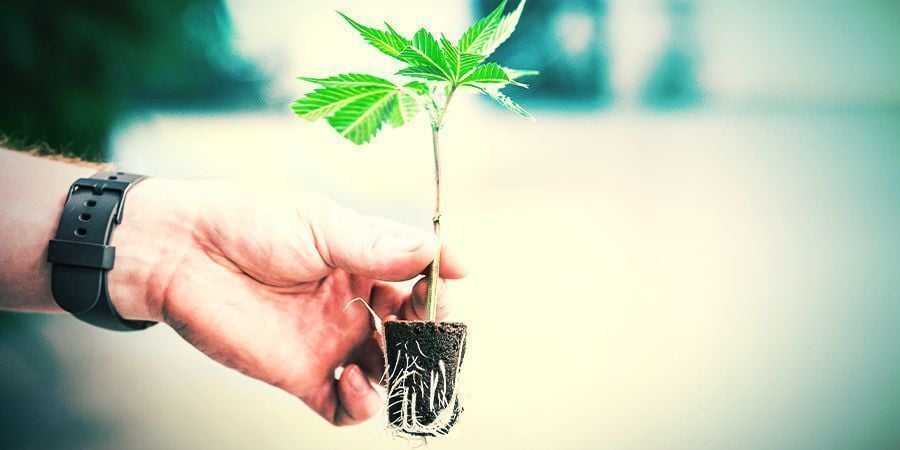
It’s probably best to get started growing independently. And keep it that way. Starting from seed won’t necessarily set you back if time is an issue. Autoflowering seeds will beat photoperiodic clones to harvest nine times out of ten. Moreover, starting with feminized seeds ensures you don’t have to weed out male plants and you won’t be inheriting any unwanted pests or pathogens from another grower’s batch of clones. Also, new varieties of cannabis are being released all the time. Plus, it can take a local cannabis association anywhere from months to years to develop fire cuttings of Cannabis Cup winners to satisfy demand.
CREATING THE GROW SPACE
A complete growing environment with all the necessary cultivation accessories can be sourced online in a packaged deal. Generally, these grow kits are segmented into three broad cultivation styles: organic soil, coco, and hydroponics. Common to all is a grow tent. Housing plants inside of a grow tent in a spare bedroom has become standard operating procedure for home growers everywhere.
Grow tents come in all shapes and sizes these days. Alternatively, you can convert a cabinet or a whole spare room. If you opt for the DIY garden, you cannot use the space for anything else. The indoor garden must be quarantined and you will have to line it with reflective sheeting yourself. Also, the area must be light-tight to prevent interruptions in the dark period. So you might find yourself doing some actual DIY too.
GROWING VARIABLES
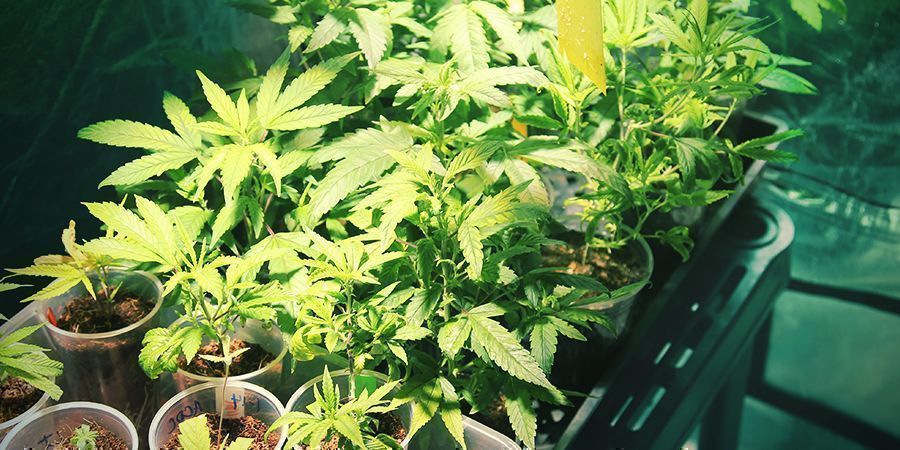
There are many ways to grow great weed indoors. No matter the kind of marijuana or the particular grow style you prefer, every indoor grower needs to control the critical factors of cannabis cultivation: light, water, nutrients, substrate, and environmental control (airflow, temperature, and relative humidity).
Naturally, you must constantly monitor these factors if you are to control them. Therefore, every grower needs to invest in at least one must-have tool. The thermo-hygrometer is a grow room essential and the only way to keep track of temperature variation and RH levels. A pH testing kit or pH pen is arguably another essential unless you are using nutrients that self-adjust to optimal levels automatically.
THE CANNABIS LIFE CYCLE
Indoor growers can effectively decide when their photoperiodic plants will transition to flowering as the grower controls the light cycle. If things go wrong, vegetative growth can be prolonged by maintaining an 18-6 cycle to make corrections and allow plants to recover. Or perhaps you’re planning on doing some pruning and training. Either way, vegetative growth need not be confined to the typical 3-6 weeks.
Moreover, vegetative growth can be expedited, which is especially helpful for sativa growers, by switching to 12-12 after 1-2 weeks of vegetative growth. Furthermore, auto growers can help plants reach peak performance and speed to harvest by experimenting with 18-6, 20-4, 22-2, or even 24 hour light cycles.
Flowering can be as brief as 5 weeks for the fastest-blooming autos, although the transition will begin about 30 days post-germination regardless of the light schedule. Indica strains typically finish flowering in around 8 weeks. Indica-sativa hybrids may require 8-10 weeks, while 12+ weeks for some amazing head stash like Amnesia Haze is not uncommon.
A frosty layer of resin and white pistils turning a red/orange colour will tell you harvest is drawing near. Confirm it with a closer look at those trichomes with a pocket scope. Be on the lookout for milky resin heads with some sporadic amber heads before you start felling the ganja forest.





 United States
United States

